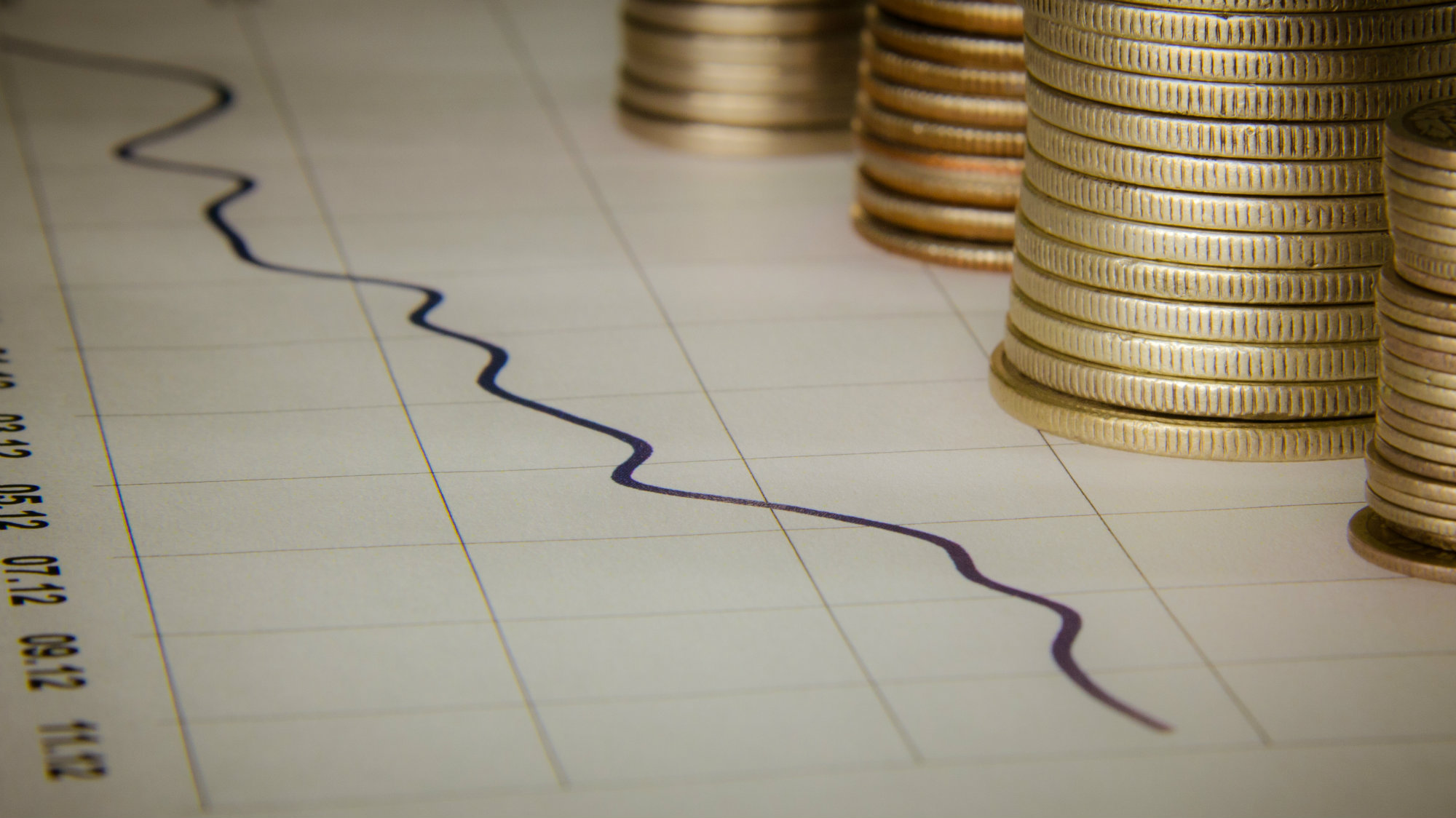If you’ve been investing for some time, you’ve probably heard of people saying you should buy the dips. How much of a dip should you buy? A dip of 3%, 5%, 10%, 20%, or 50%?
It depends on a lot of things. The company in question should be fundamentally sound. That is, you should have determined that it’s a quality company to invest in.
Moreover, depending on the type of industry the company is in, investors might require a bigger or smaller dip from the stock. It’s normal for stocks to move up or down as much as 3% on a given day. When it’s earnings season, stock prices can be even more volatile.
Most importantly, investors should consider the valuation of the company. If a stock is overvalued, and it had bad results in a quarter or multiple quarters, the stock will be hit hard.
An example
Take a look at Cineplex Inc. (TSX:CGX). The stock is nearly 35% lower than it was a year ago. In 2013 to 2017, the stock was trading at high multiples, but it wasn’t growing at a high pace. Perhaps buyers at the time felt they were paying up for quality. However, with the correction that the stock has had, it indicates that growth rates are important, too.
Going forward, Cineplex’s growth can improve. The company is investing away from the movie theatre business, in which it has a leading position in Canada. If its investments in The Rec Room, Playdium, and Topgolf pay off, the company could experience higher growth.
Can Cineplex stock dip further from current levels? Sure, it can. A part of what affects dips or corrections is psychology. Since the stock has been dragged down so much lately, the negative sentiment can continue to weigh on the stock. Cineplex needs to show results before the stock can turn around.
The fact is, the stock is more attractive than it was a year ago after the correction. And it’s a decent place to start building a position at a ~5% yield if you have an investment horizon of at least three years.
Investor takeaway
The idea of buying the dips is that you buy a stock when it has declined so much that you find it attractive and believe it will recover to higher levels.
What’s more important than buying the dips is to question the growth prospects of a quality company and determine if it’s priced at a good valuation.
 Spring Sale
Spring Sale








